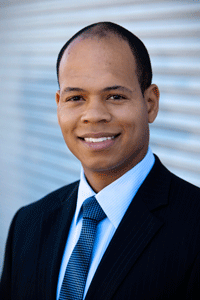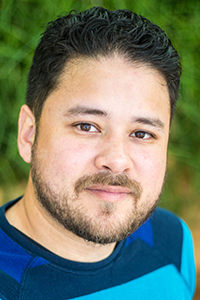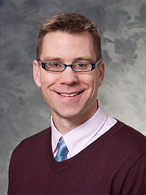Human pluripotent stem cells (hPSCs), i.e. both embryonic and induced pluripotent, have revolutionized the biomedical sciences by providing unprecedented access to human developmental and differentiated cell phenotypes. While hPSC-derived cell therapies are now reaching clinical trials, hPSCs greatest impact continues to be providing novel, biomimetic experimental platforms for investigating human development, biology, physiology, and disease. Human PSC-derived models can be personalized to patients via use of induced pluripotent stem cells (iPSCs), and they avoid confounding differences that exist between rodents and humans. The need for biomimetic human models is further supported by the abysmal clinical translation rate of therapies validated solely in rodents, especially for central nervous system (CNS) disorders. Recently, 3-D aggregates of neurally differentiating hPSCs were observed to spontaneously morph in vitro into organotypic masses, a.k.a. cerebral organoids, containing diverse brain tissues. Discovery of this innate emergent behavior raises the possibility that human CNS morphogenesis can be engineered ex vivo to generate diverse brain and spinal cord tissues with biomimetic structure, cellular composition, cytoarchitecture— micro-to-millimeter scale spatial organization of cell phenotypes—, and even function via biomimetic neuronal circuits. However, to realize this possibility, the currently spontaneous and random organoid morphogenesis process must become instructed and standardized, a prerequisite for translation of human neural organoids as clinically predictive models and transplants. In pursuit of this goal, my lab melds neurodevelopmental and hPSC biology with engineered biomaterial platforms to create novel methodologies for instructing ex vivo morphogenesis of human neural tissues. This NSF CAREER award uses innovative culture platforms to develop standardized methodologies for reproducibly engineering human spinal cord organoids. This novel neural organoid was chosen due to the spinal cord’s comparatively simplified tissue morphology. Still, the proposed methodologies can be implemented to engineer diverse neural, heart, and gut organoids due to their analogous morphogenesis processes. This proposal tests the following three organoid engineering hypotheses: 1) Spatial control of organoid morphology at developmental length scales can induce biomimetic tissue structure. 2) Exogenous morphogen gradients can be applied to instruct biomimetic cellular composition and tissue cytoarchitecture within organoids. 3) Directed assembly of neural organoid tissues can induce formation of biomimetic neural circuits. Additionally, we seek to promote development of a diverse workforce for future hPSC-based tissue engineering industries by integrating a multifaceted approach for inspiring and educating the general public and students, especially underrepresented minorities.




